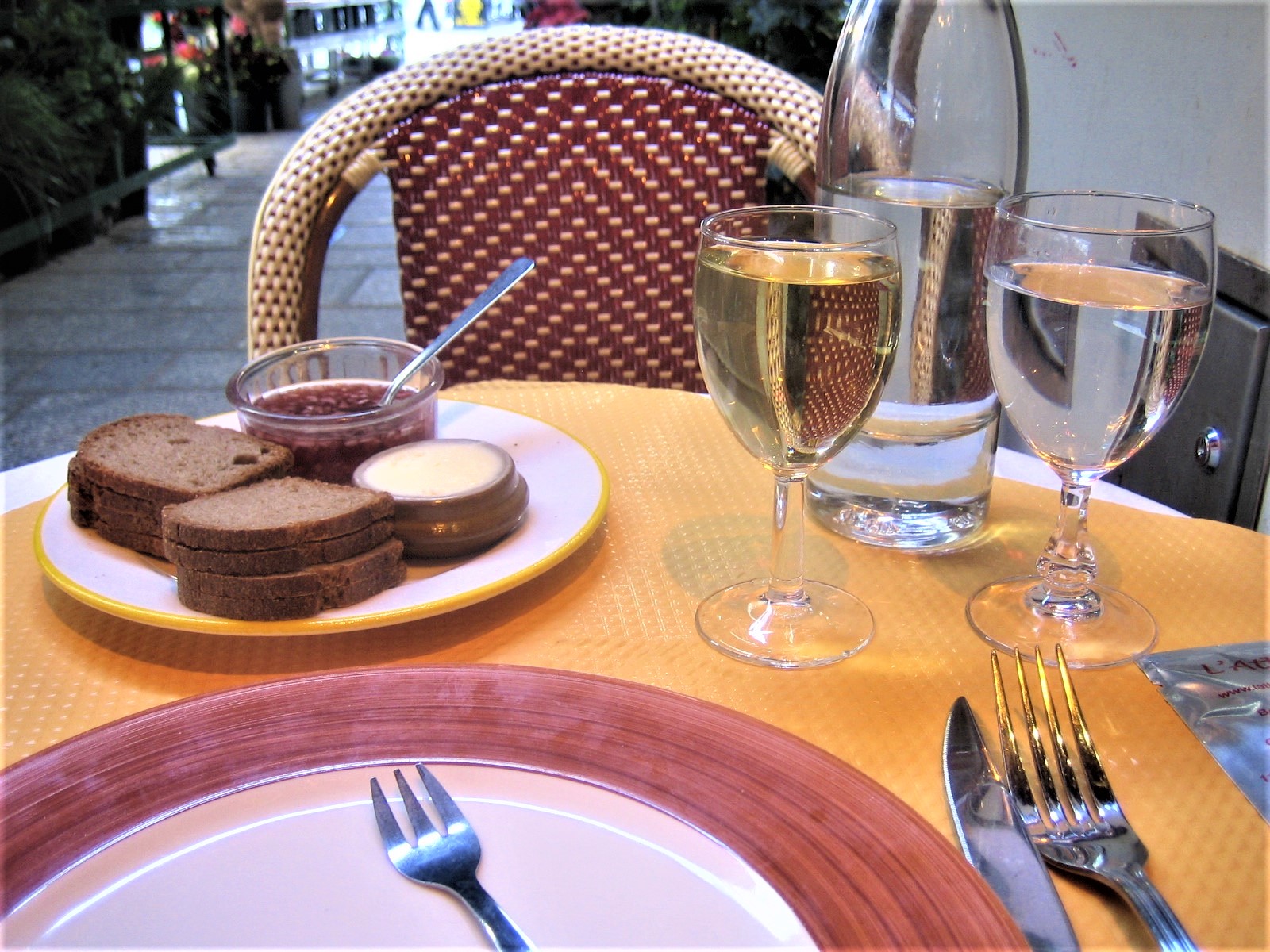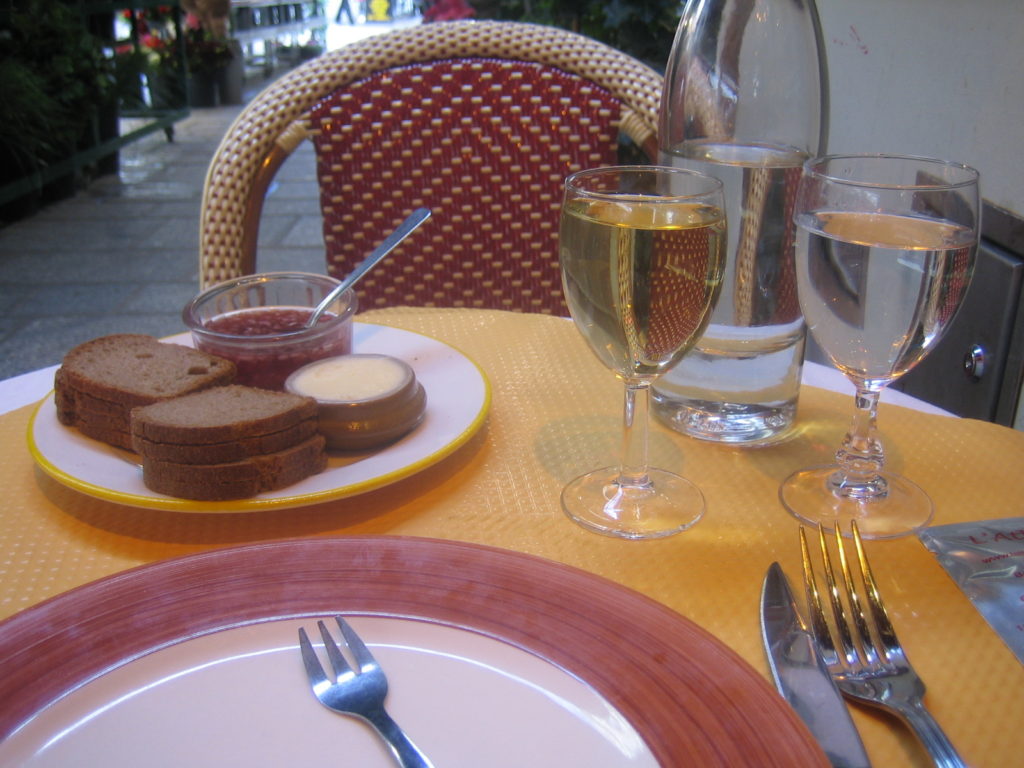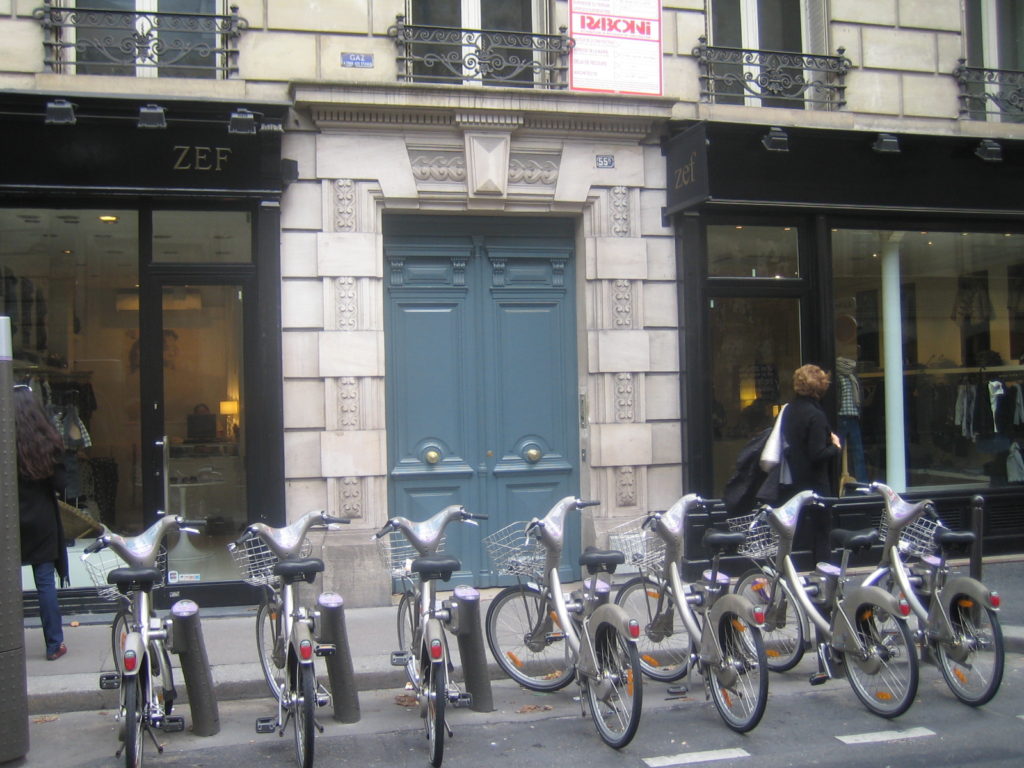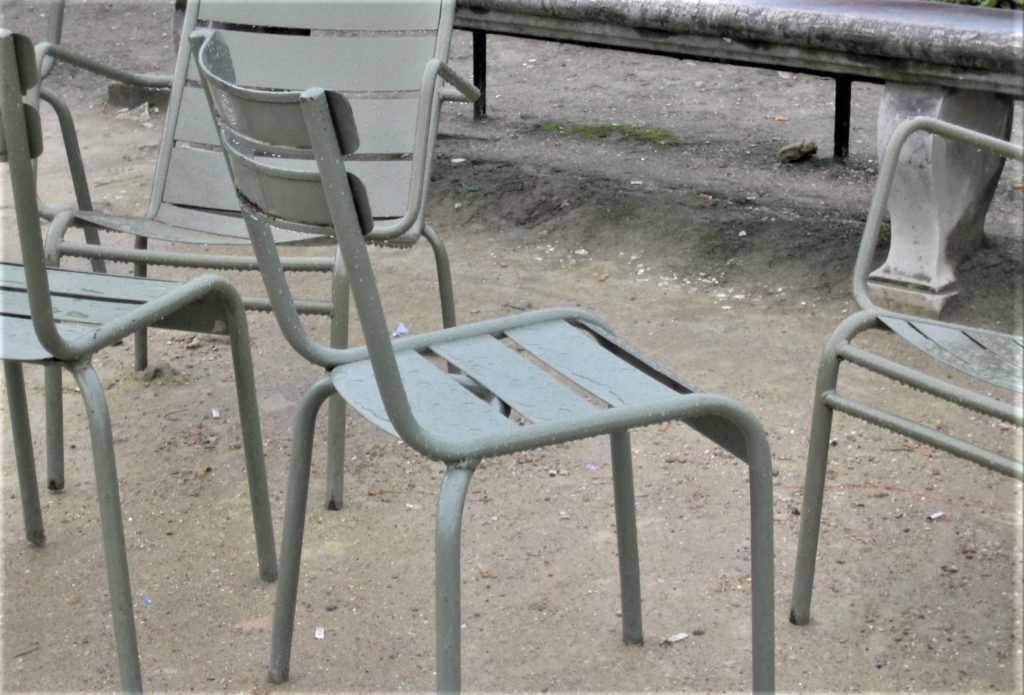As travel writers reprise their best journeys while unable to travel, this is one of my firsts and my favorites as a business Womantraveler…It’s a condensation of the original article published in The Washington Post on Jan. 27, 1980 when I was a staff writer…
Tours, France, 1980 (original title – “Sweetening the Scene: A Feast for the Senses”)
Erotic eating is not exactly Jacques Puisais’ line of work, but the French wine connoisseur is recognized as something of an expert on the subject.
He insists that everything affects the sensory pleasure of a meal, even the color of the wallpaper, the scenery through the window and the shape of a wine glass. Listening to him, I was in a room full of self-described French food and wind sensualists intensively occupied with the science of gustatory pleasure. What do they know that the rest of us don’t?
Not long ago Puisais was drinking coffee while someone in the next room was cutting fabric. He felt it necessary to put sugar in his coffee, which he rarely does. The aggravated sound of the scissors made his coffee taste bitter. A chemist who analyzes Touraine wines for the French government, Puisais is vice president of the International Union of Oenologists (they study wine) and president of the equivalent French society. But he is also founder of the French Institute of Taste, an organization of chefs, scientists, professors and gourmets devoted to improving the art of taste, and hence, gustatory pleasure. They content that what is eaten should both reflect and manipulate the environment in which it is served. That maximizes the esthetic enjoyment of sitting at the table, or if ignored, ruins it. “Why waste the experience of a meal? That is why I say cuisine ought to be ‘erotic.'”
“What tastes best is extremely personal,” he added. “Like the choice of slippers, to each his own.”
In his sensory workshop here, Puisais and his colleagues test these theories on experienced tasters. They alter humidity, temperature, light, colors, china, crystal and linens. Green light, for example, accentuates the taste and scent of white wines but has no effect on red wines, their studies show. White wines seem to smell stronger under red light but taste weaker under blue. Cigarette smoke diminishes the flavor of red wines, and loud music turns everything unpleasant. Other factors are more esoteric. Puisais, alas, cannot serve ordinary pot-au-feu (beef stew) in his Italian Renaissance dining room because the ornate decor and the simple peasant food would clash on his palate.
After a week at an Institute of Taste seminar, one man with awakened tastebuds repainted his kitchen. “I discovered that blue walls turned red meat bitter,” he said earnestly. The new color is mellow yellow.
“A meal is a mise-en-scene,” said Puisais, who cooks his own. “The dishes are an expression of the person who prepares them like a painter who searches for what he wants to say on his canvas.
A suitable “sensual” dinner for youths in jeans would center around a casserole dish which everyone helps prepare – like couscous, Alsatian sauerkraut or paella. “Be sure to add the garlic clove, then lick your fingers,” Puisais advises. “That’s part of the fun.” Two women meeting in autumn to recount their summer escapades might begin a meal with a glass of port, followed by oysters and a bottle of dry Muscadet. “Oysters plunge you into the past.”
On the other hand, grabbing a hot dog or a sandwich “is not even eating,” he insists. “They exist merely to avoid a cramp in the stomach.”




